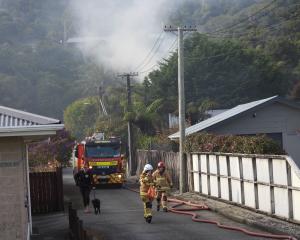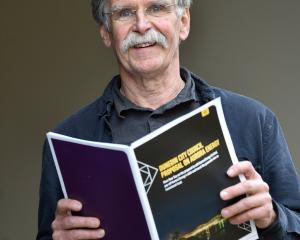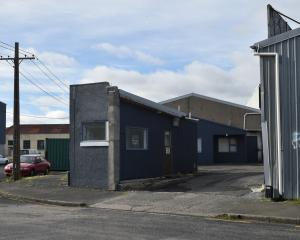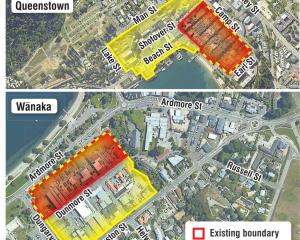The University of Otago geologist has been inundated with samples of rocks and queries from locals about possible subsequent meteorite sightings.
He told the Otago Daily Times he had "about 20" rocks at his office waiting to be analysed.
"We had a media campaign asking people to send in rocks that they think are meteorites.
"This started before we discovered the meteorite near Lake Tekapo, but recently we've been getting a lot of calls and requests.
"There’s been a lot of people excited about it."
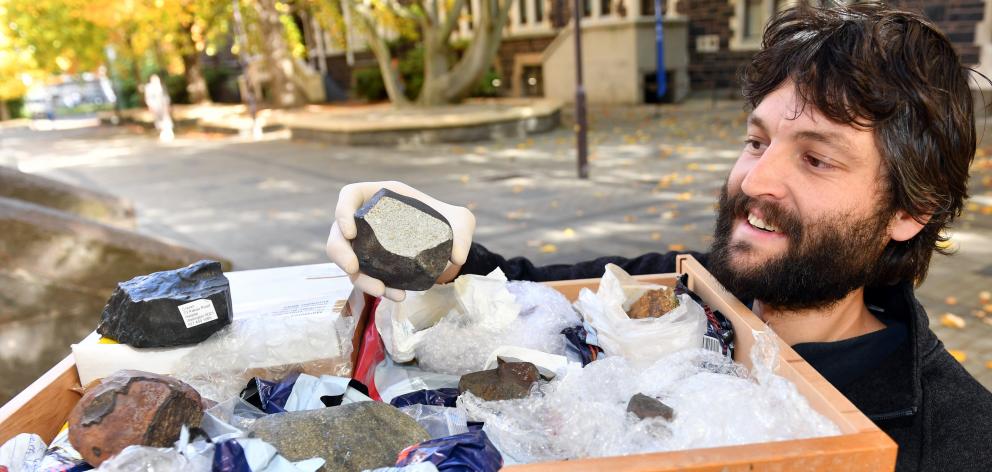
"It’s been hectic — at one stage at least three rock samples a day were being sent to us."
However, at this stage, there had been little indication as to whether a further meteorite had been discovered.
"There are certain types of rock that tend to attract people, such as basalt.
"We get a lot of strange-looking rocks such as ironstone. Now, these are unlikely to be meteorites, but they are still interesting all the same."
Dr Palmer was part of a group of more than 20 people in Lake Tekapo that set out on March 21 to find the meteorite after a fireball was seen racing across the sky over North Otago and South Canterbury about 9pm on March 13.
It was believed to be the first meteorite discovered in New Zealand for more than 20 years.
"The key thing we're looking for is a thin glassy crust on the outside — you only have to chip away a little bit off the edge to reveal different colours in the interior.
"You're also looking for a smooth shape, and most meteorites are magnetic."
He was able to test strange-looking rocks for magnetism, density and nickel content.
The university geology department has cut the Lake Tekapo meteorite and created a 3-D model of it.
"Little bits of the meteorite have been scattered all over the world for further investigation.
"Overseas institutions have heard about this meteorite discovery; the response has been fantastic."
The department was working through the classification of the meteorite, he said.
"It’s still a work in progress — we should have a classification within a month.
Remnants of the Lake Tekapo meteorite were by Dr Palmer’s desk in a special chamber.
Anyone wishing to view the meteorite can book a visit.
"I'm happy to share our discovery. It’s been out of this world."

